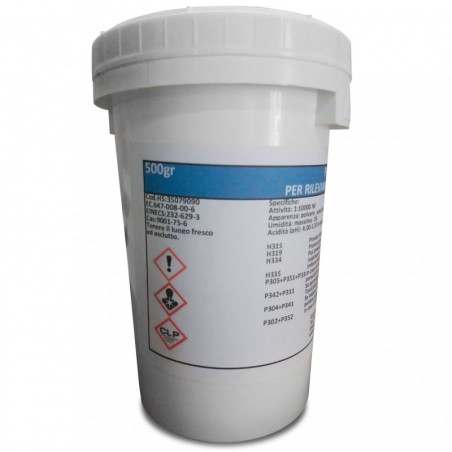The aim of this work was to evaluate whether acute phase protein (APP) determinations could assist Official Veterinarians carrying out work in slaughterhouses. To test this hypothesis, the diagnostic accuracy of APP determinations in meat juice of pigs was analysed to differentiate between healthy and diseased pigs. One hundred and one pigs of two different origins were classified into two groups according to their health status (healthy and diseased pigs), which was determined by a veterinary clinical examination on the farm. To assess the pigs' immune status, against the main porcine diseases, serological analyses were monitored. A general idea of the degree of disease coverage was analysed by examining organ lesions postmortem. Haptoglobin (Hp) and C reactive protein (CRP) were measured in meat juice samples.
72.13 per cent of pigs appeared to be seropositive for the porcine respiratory and reproductive syndrome virus, and almost 86.2 per cent of them had concomitant infections with other pathogens, such as Porcine circovirus type 2 or Swine influenza virus. Median Hp and CRP concentrations were significantly higher in diseased animals at different stages of the production chain, when compared with levels found in healthy finishing pigs (P<0.0001). Receiver operating characteristic analysis showed the highest sensitivity-specificity pairs, nearly 80-90 per cent, at cut-off levels of 83 and 10 µg/ml for Hp and CRP determinations, respectively, with high AUCs 0.9. This cut-off could be useful for veterinary inspections at the time of slaughter, to differentiate between the carcase of a healthy animal and the carcase of an animal suffering from a systemic disease, which should be completely condemned.

A. M. Gutiérrez, S. Martínez-Subiela, J. J. Cerón. Diagnostic accuracy of porcine acute phase proteins in meat juice for detecting disease at abattoir. Veterinary Record Published Online First: 22 June 2015 doi:10.1136/vr.102826





